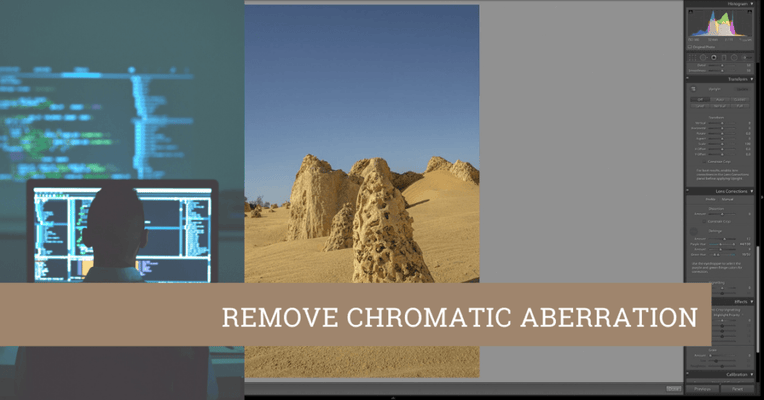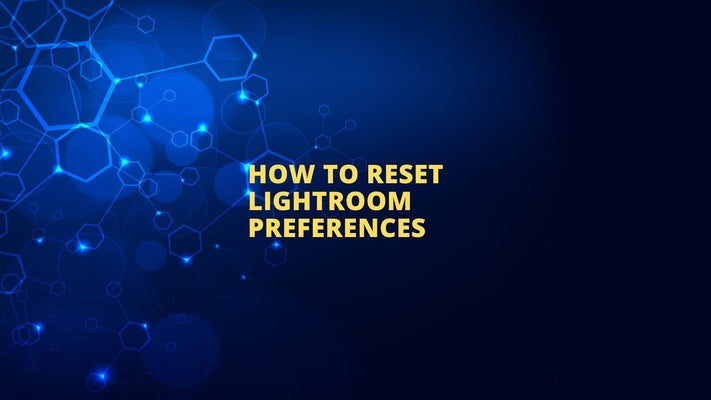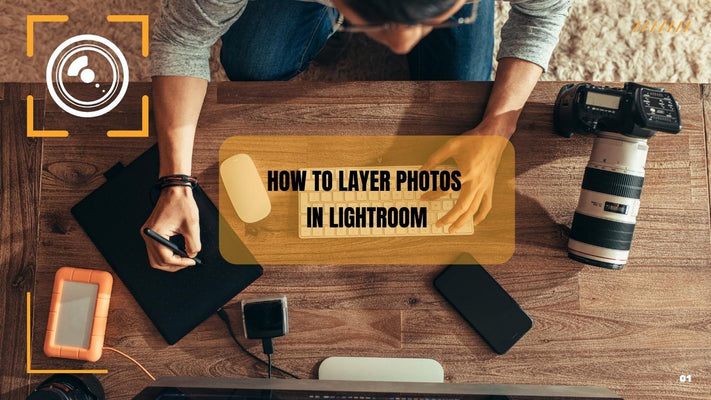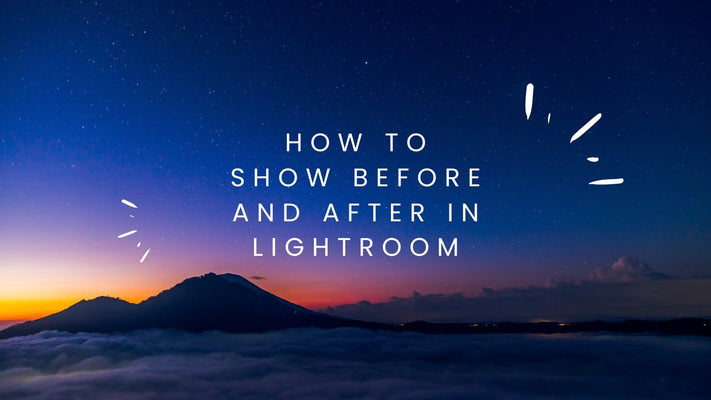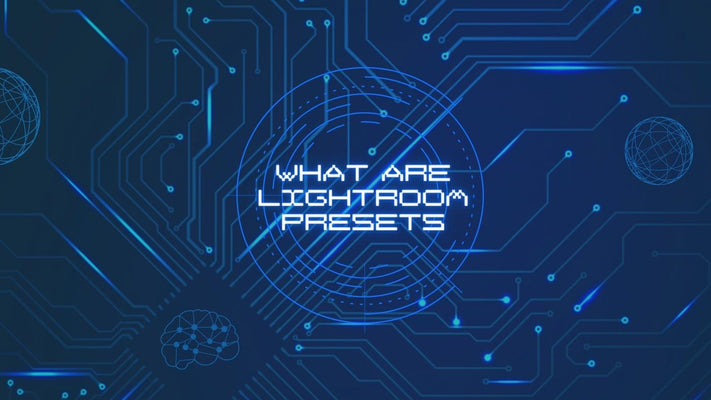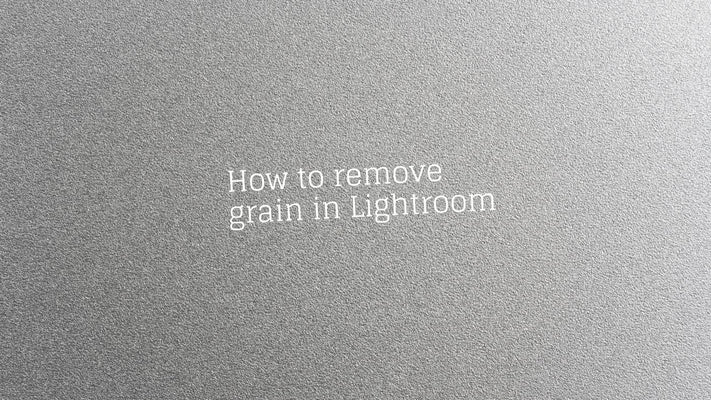How to add bokeh in Lightroom
How to Add Bokeh in Lightroom: An In-Depth Guide
Bokeh, derived from a Japanese term meaning "blur," refers to the aesthetic quality of the out-of-focus areas in an image, usually produced by a lens. Although it's typically created at the time of shooting, Adobe Lightroom's powerful tools allow you to add bokeh to your images during post-processing. Here's how to do it:
Step 1: Open the Photo in Lightroom
First, import the photo you want to edit by navigating to File > Import Photos and Video. After the import is complete, locate and click your photo in the library module, then switch to the Develop module.
Step 2: Adjust Sharpness and Clarity
In the Develop module, go to the Basic panel. Reduce the Clarity of the photo to create a soft-focus effect. Be mindful that reducing Clarity too much can make your photo look unrealistically soft, so adjust sparingly.
Step 3: Use the Adjustment Brush
In Lightroom, you can use the Adjustment Brush tool for localized edits. This tool is perfect for creating a bokeh effect. To access it, click on the brush icon under the histogram.
Once the Adjustment Brush panel opens, adjust the brush settings. For bokeh, you'll want to decrease Sharpness to 0. This adjustment will blur the areas where you apply the brush.
Step 4: Paint the Areas
Now you can start painting the areas of the photo where you want to create the bokeh effect. If you're aiming for a realistic look, apply the effect on the background, leaving the foreground objects sharp and in focus.
Adjust the brush size to fit the area you're painting, and use the '[[' and ']]' keys to make the brush smaller or larger. The feather option adjusts the edge hardness of the brush. A higher feather leads to softer edges, which are typically desirable for a natural bokeh effect.
Make sure to tick the 'Auto Mask' option to help keep your brushing within the lines of the area you're working on. This tool detects edges and tries to keep the brush stroke within those boundaries.
Step 5: Fine-Tune the Bokeh Effect
After painting the areas, you can fine-tune the bokeh effect. With the Adjustment Brush panel still open, tweak the Sharpness, Clarity, and Noise sliders until you achieve the desired effect. You may also want to slightly decrease the Noise to reduce any graininess caused by the loss of sharpness.
Step 6: Apply More Adjustments (Optional)
For an enhanced bokeh effect, consider adding light effects. You can do this by increasing the Exposure or Highlights where you want the light to appear.
Step 7: Finalize the Edit
Once you're satisfied with the bokeh effect, click 'Done' under the image to finalize the edit.
Conclusion
Creating a bokeh effect in Lightroom can elevate your images by adding depth and drawing attention to the subject. Remember, though, subtlety is key; overdoing the effect can make the photo look unnatural. As with any post-processing technique, practice and experimentation will help you achieve the most satisfying results.


